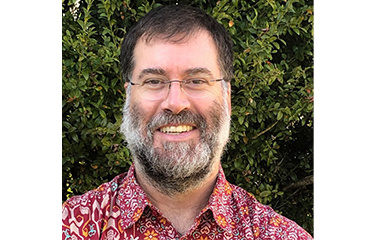The Sustainable Fisheries Partnership’s 2022 reduction fisheries assessment has raised concerns over the continued stagnation of movement on sustainability in the sector since 2018.
Published on 19 April, the report is the 13th edition of SFP’s assessment of the world’s reduction fisheries, which are fisheries that focus on stocks used mainly for fishmeal and fish oil. SFP released the 2022 report in two parts to better align with the release of key stock assessments and management measurements for the 19 fisheries studied.
“The most important result is that overall performance in these fisheries peaked in 2017 to 2018 and has been stalled or declining ever since,” SFP Program Director Dave Martin said. “Most of the fisheries assessed in the report have been stuck in the ‘reasonably well-managed’ category for many years, and I worry that the industry has become somewhat complacent that these fisheries are ‘good enough.’”
The 2018 SFP report featured 91 percent of assessed fisheries ranking anywhere between “reasonably managed” and “very well-managed.” That report preceded a significant decline in scores for several fisheries from 2018 to 2021, tripling the volume of fish – from 7 percent to 21 percent – in the “poorly managed” category, according to Martin.
In the updated report, only two of the 19 assessed reduction fisheries improved performance – Northeast Atlantic blue whiting and Barents Sea capelin. In 2022, the coastal states of Iceland, Greenland, Norway, the U.K., the E.U., and the Faroe Islands agreed upon an official TAC that aligns with International Council for the Exploration of the Sea (ICES) advice for the first time. The collaboration among these coastal states ensured individual catch quotas now total up to the recommended TAC. This reduced previous overfishing and resulted in a record high spawning stock biomass for Northeast Atlantic blue whiting in 2022, therefore securing the improved score.
According to Martin, this complex, multi-country fishery highlights how industry, science, and government can work together to foster improvement and can serve as an example for other transboundary stocks...
Photo courtesy of David Martin/LinkedIn








